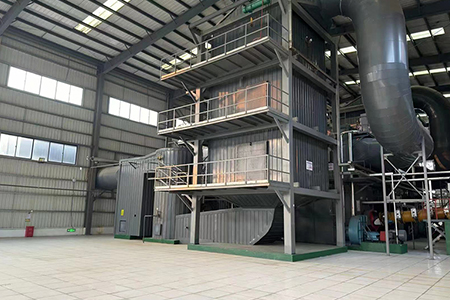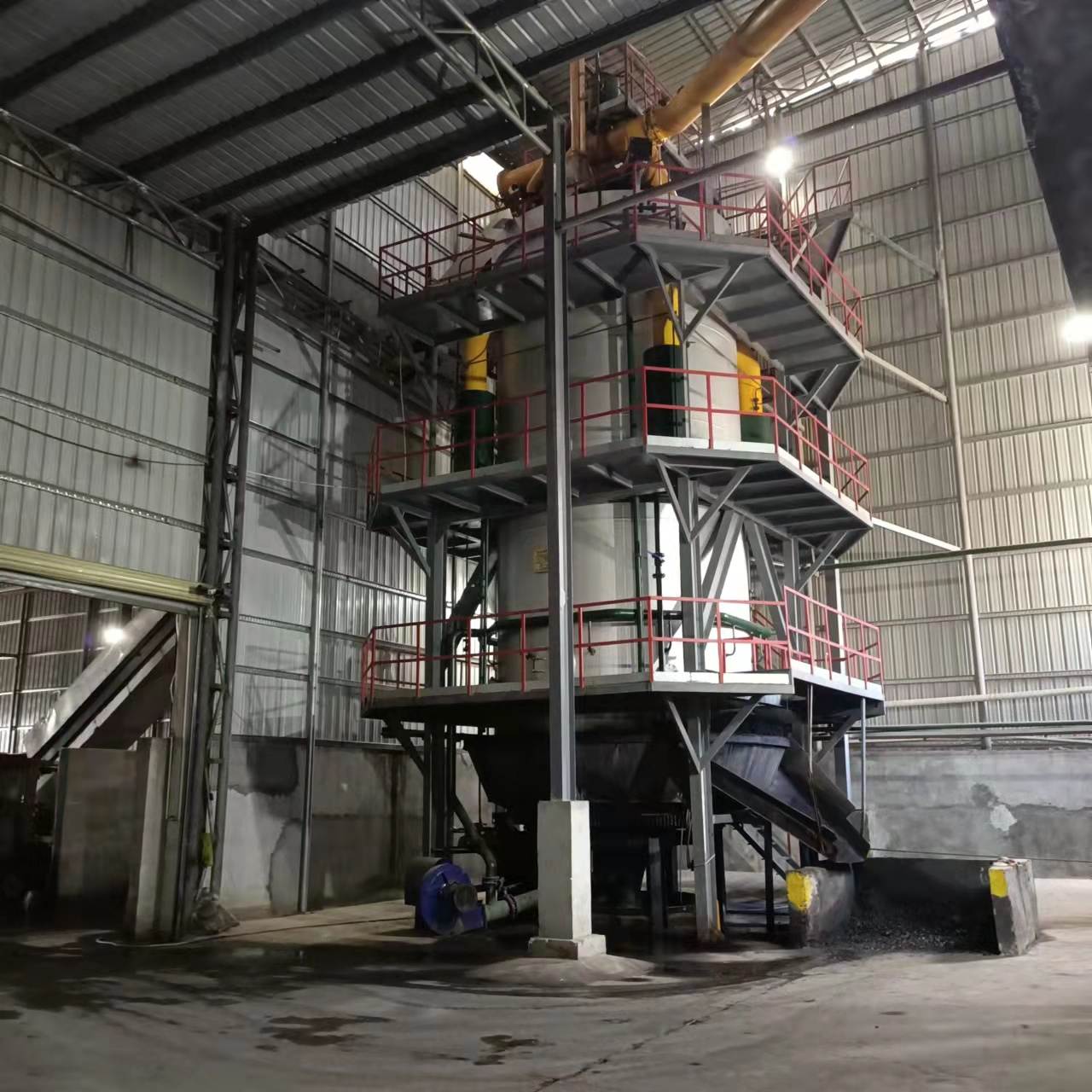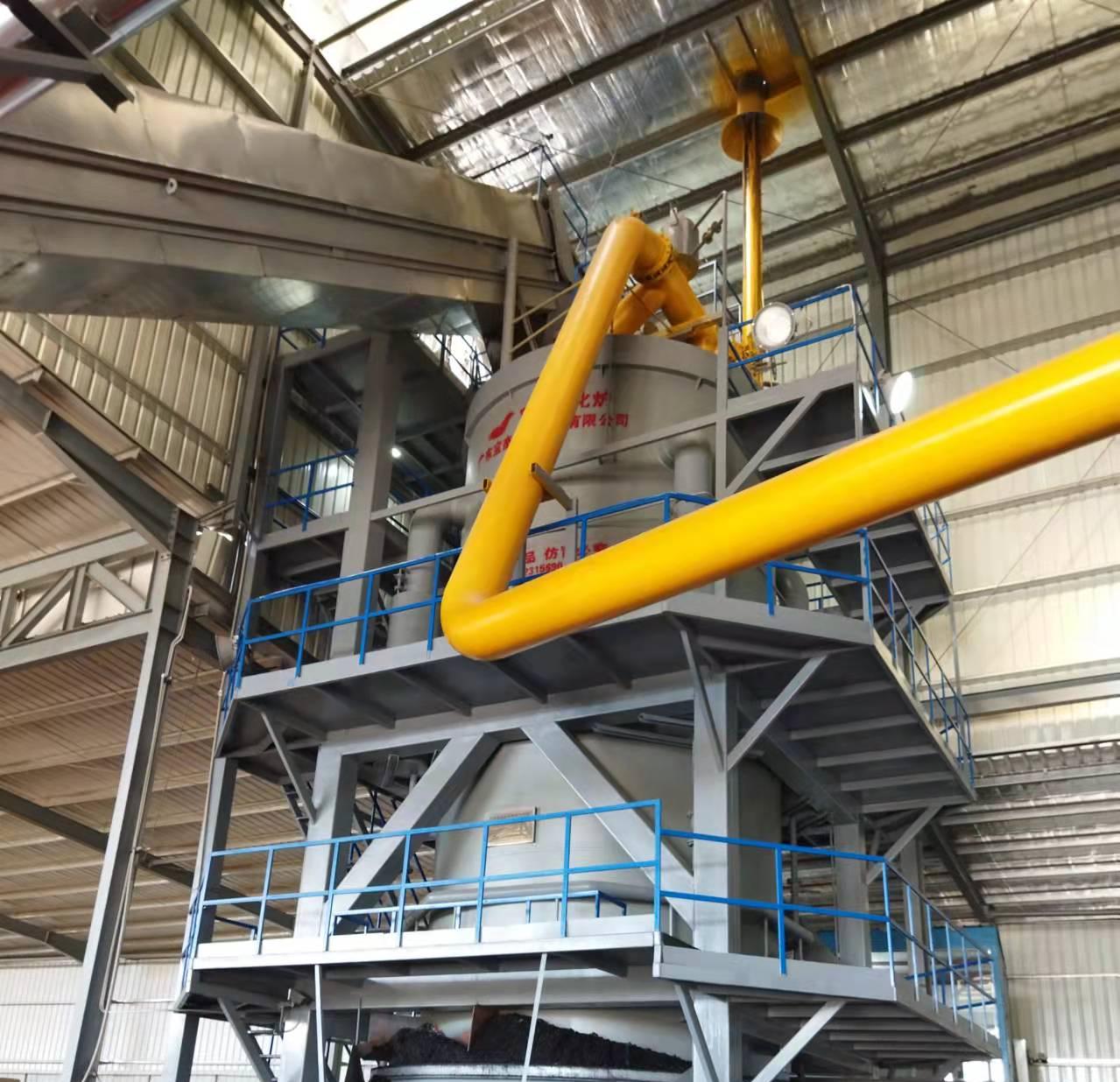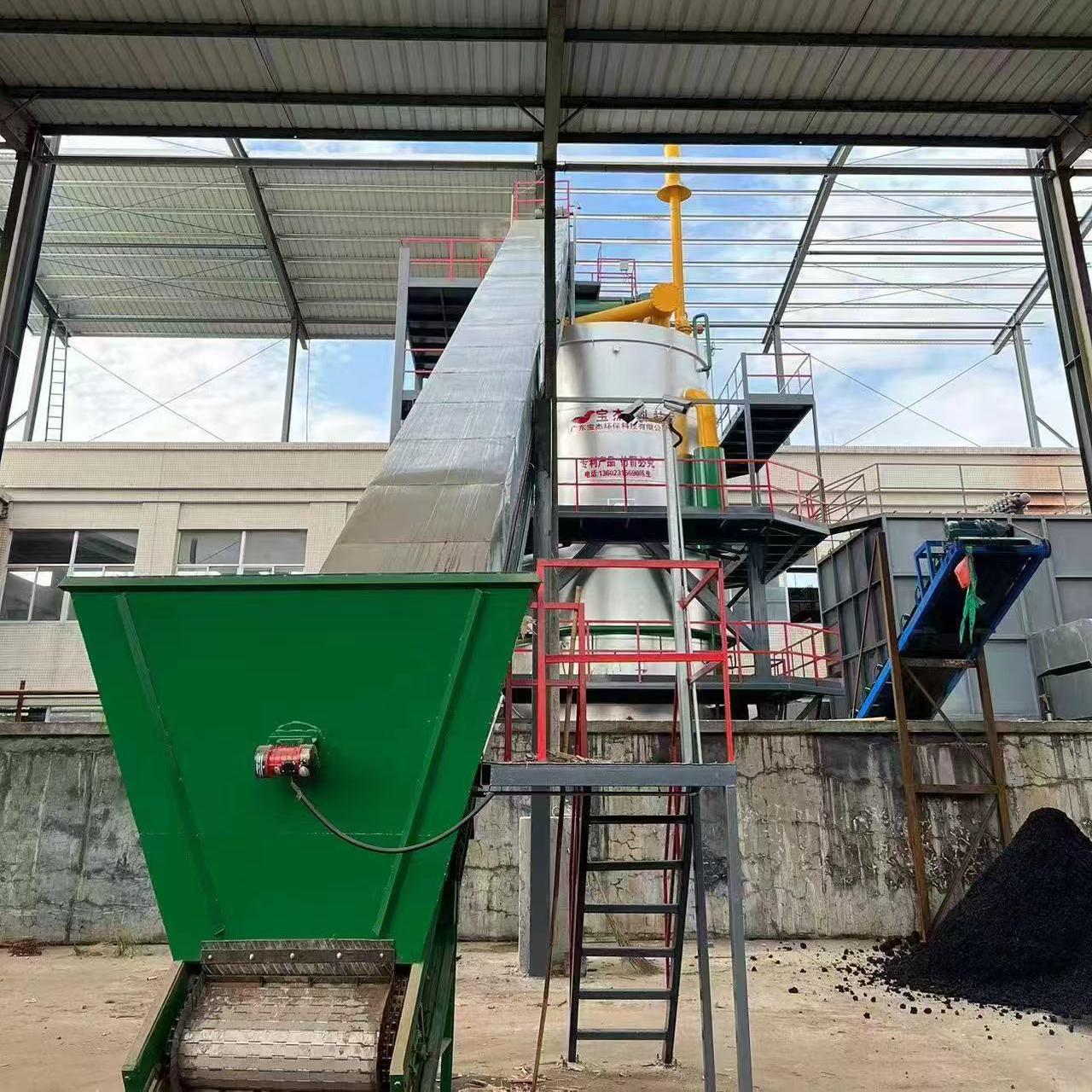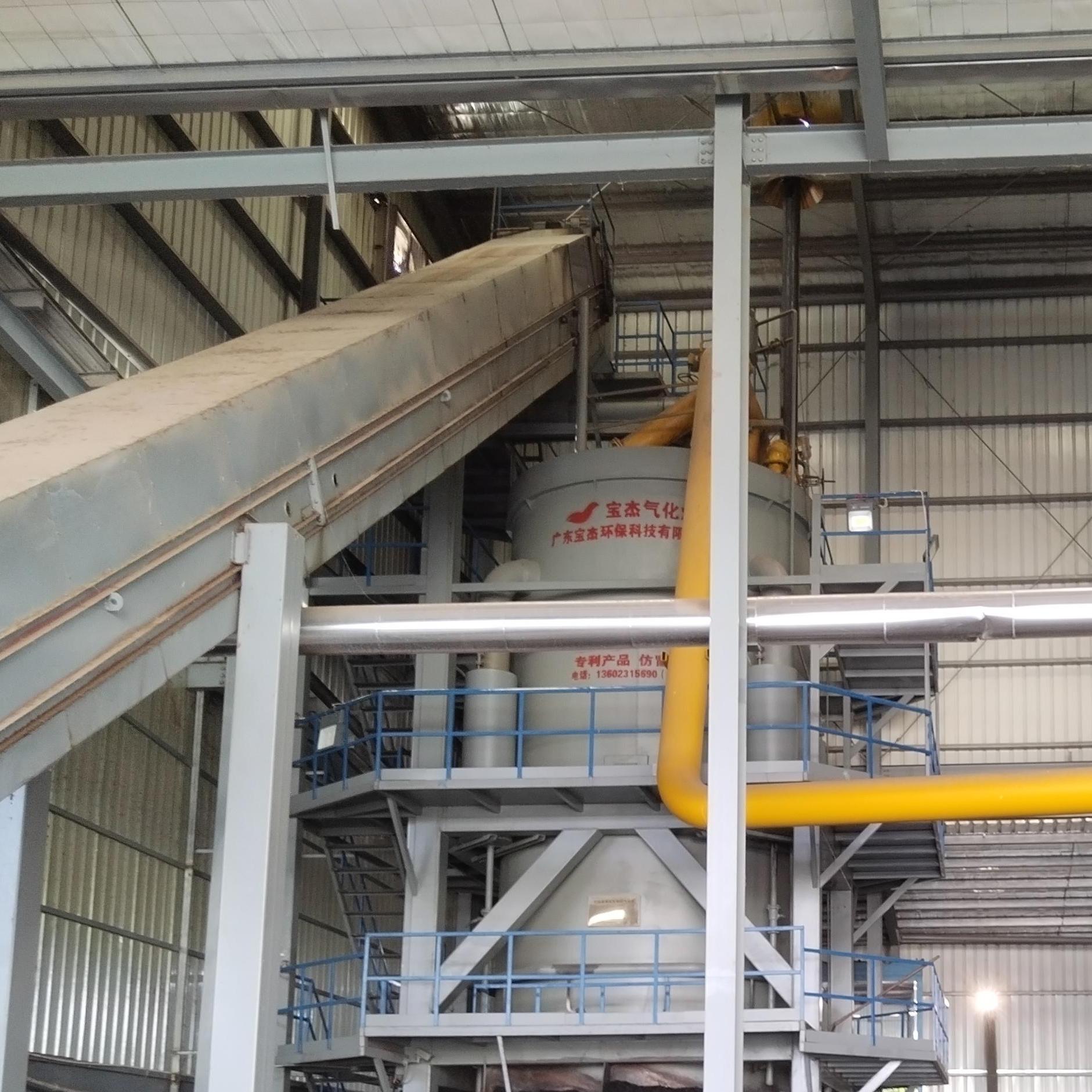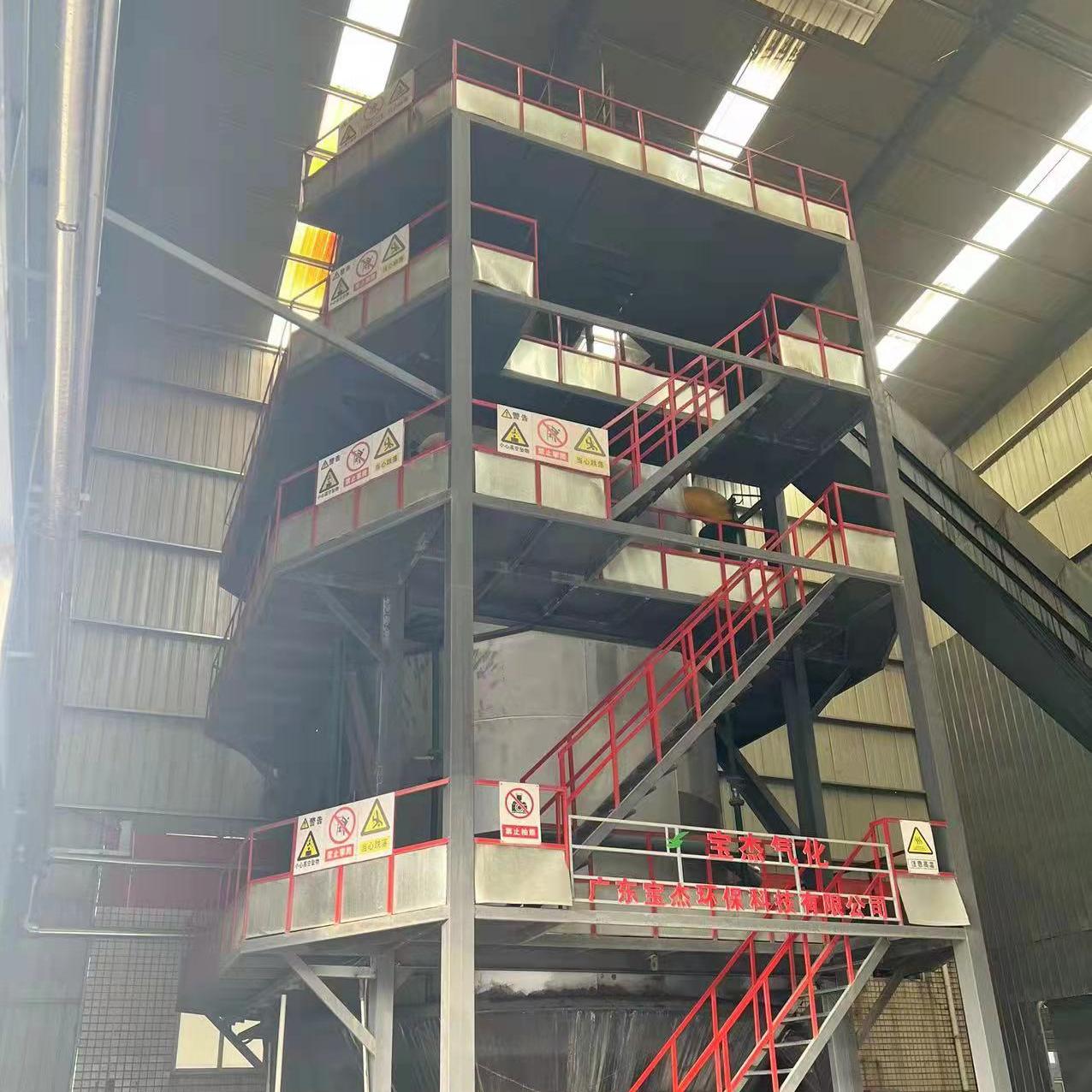R&D and manufacture of biomass gasification equipment, environmental protection equipment, boiler equipment, investment in heating (steam) energy operation and management.
Tel:+86 0769-82928980
E-mail:[email protected]
Web Menu
Product Search
Exit Menu
Industry News
What Types of Biomass Can Be Used in a 30 Tonne Gasifier?
With the growing global demand for sustainable energy solutions, biomass gasification technology is gaining more and more attention as an effective way to convert organic waste and renewable resources into clean energy. The gasification process is to convert biomass into combustible synthesis gas (Syngas) rich in carbon monoxide (CO), hydrogen (H2) and a small amount of methane (CH4) through high-temperature pyrolysis and oxidation reactions under limited or no oxygen conditions. This synthesis gas can be used for power generation, heat supply, and even further synthesis of liquid fuels or chemicals.
For a large-scale gasifier system with a processing capacity of 30 tons/day, selecting the right biomass raw material (i.e. "biomass fuel" or "biomass feedstock") is the key to ensure efficient and stable operation of the system. Different types of biomass have different physical and chemical properties, which will directly affect the performance of the gasifier, the yield and quality of the synthesis gas, and the economy of the entire system.
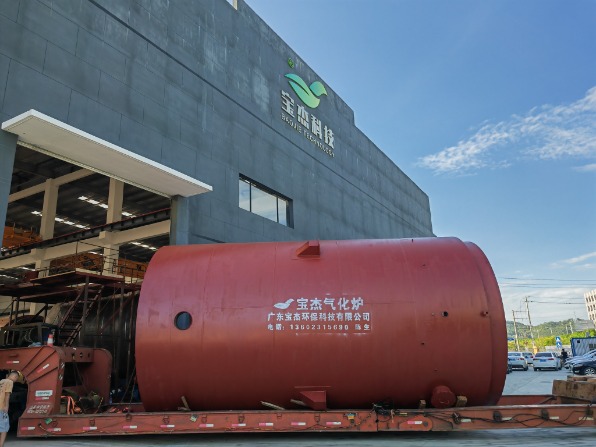
1. Woody Biomass
Woody biomass is one of the most common and widely used gasifier fuels, with the advantages of relatively uniform composition, low ash content and high calorific value.
1. Wood Chips and Sawdust
Source: Mainly from waste from wood processing plants (such as sawdust, wood shavings), forestry logging residues (such as branches, bark) and specially planted energy forests.
Advantages: High calorific value: Woody biomass has a high carbon content and generally has good calorific value.
Low ash: Compared with other biomass, wood has a lower ash content, which helps reduce the risk of slagging in the gasifier and simplifies ash handling.
Stable structure: Properly treated wood chips and sawdust have a relatively stable physical form and are easy to transport and store.
Considerations: Moisture content: The moisture content of wood is a key factor. Too high moisture content will reduce gasification efficiency and calorific value of syngas. Ideally, the moisture content should be controlled at around 10%-20%, and pre-drying may be required.
Particle size uniformity: Uniform particle size helps to evenly distribute and react the materials in the gasifier. Particles that are too large or too small can cause problems.
Impurities: Avoid mixing inorganic impurities such as sand, stones or metals, which will increase the ash content and may damage the equipment.
Applicability: 30-ton gasifiers are very suitable for processing wood chips and wood chips, especially in areas with developed wood industries.
2. Energy Crops - Woody
Source: Fast-growing tree species such as willows and poplars planted specifically for energy purposes.
Advantages: Sustainable supply: Energy Crops are a renewable and controllable source of biomass that can ensure a long-term and stable fuel supply.
Good uniformity: Compared with mixed waste, the composition of energy crops is more uniform, which is conducive to the stable control of the gasification process.
Considerations: Planting costs: Involving planting costs such as land, water resources and labor.
Transportation distance: The geographical location of the energy forest will affect the transportation cost.
Applicability: Energy forests are ideal for large-scale gasification projects that want to establish a long-term and stable biomass supply chain.
2. Agricultural Residues
Agricultural waste is a huge biomass resource, and its utilization helps solve environmental pollution problems and create economic value.
1. Rice Husks and Wheat Straw
Source: The residue after rice and wheat harvest.
Advantages: Large output: Huge global output, it is a cheap and easily accessible source of biomass.
Carbon neutrality: As agricultural waste, its utilization helps achieve carbon neutrality.
Considerations: Low density: The volume density of rice husks and wheat straw is very low, which means that the storage and transportation costs are high, and pre-treatment (such as baling or briquetting) may be required to increase the density.
High ash content: Rice husk, in particular, can have an ash content of 15-20% or even higher, and has a high silicon content, which is prone to slagging in the gasifier, placing higher requirements on the design and operation of the gasifier.
Alkali metal content: Crop straw such as wheat straw contains high alkali metals (such as potassium and sodium), which can easily lead to a lower ash melting point and slagging.
Applicability: Despite the challenges, 30-ton gasifiers can effectively utilize these crop wastes by improving gasifier design (such as fluidized bed gasifiers have better adaptability to ash and slagging) and pretreatment measures.
2. Bagasse
Source: A byproduct of the sugar industry, it is the fibrous residue after sugarcane is squeezed to extract juice.
Advantages: Centralized supply: Sugar mills usually produce a large amount of bagasse in a centralized manner, which is easy to collect.
Moderate calorific value: It has a certain calorific value and can be used as a good fuel.
Considerations: Moisture content: Freshly pressed bagasse has a high moisture content and needs to be dried.
Transportation: Although relatively compact, it may still need to be compacted to reduce transportation costs.
Applicability: Bagasse is an ideal localized fuel for 30-ton gasifiers around sugar mills.
3. Corn Stover and Corn Cobs
Source: Corn stalks and ears after harvest.
Advantages: High yield: Huge yield in major corn producing areas.
Considerations: Collection cost: Corn stalks are difficult to collect and require special machinery and operating processes.
Ash and alkali metals: Similar to other straws, there are also problems with high ash and alkali metal content.
Applicability: In areas with large corn production, it can be used in 30-ton gasifiers after proper pretreatment.
4. Nut Shells
Source: Such as walnut shells, almond shells, peanut shells, etc.
Advantages: Higher density: Compared with other agricultural wastes, nut shells are usually denser, which is convenient for storage and transportation.
Good calorific value: It has a high calorific value.
Low ash content: Most nut shells have a relatively low ash content.
Considerations: Supply: The supply depends on the scale of the nut processing industry and may not be as common as wood or straw.
Applicability: It is suitable for 30-ton gasifiers near nut processing plants as a high-quality biomass fuel.
3. Biomass components in municipal solid waste (MSW)
The organic components in classified and pretreated municipal solid waste can also be used as fuel for gasifiers.
Source: Organic waste such as kitchen waste, garden waste, paper, textiles, etc.
Advantages: Waste treatment: It solves the problem of urban waste treatment and realizes resource utilization.
Energy recovery: Recycle the energy in garbage.
Considerations: Complex pretreatment: The composition of MSW is complex and uneven, and strict pretreatment such as sorting, crushing, and drying is required to remove incombustibles and control moisture and particle size. This will significantly increase costs and technical difficulties.
Pollutants: It may contain pollutants such as heavy metals and chlorine, and harmful gases may be produced during the gasification process, requiring a strict flue gas purification system.
Unstable calorific value: The calorific value between batches of MSW may fluctuate greatly.
Applicability: For a 30-ton gasifier, using MSW as fuel requires very mature pretreatment technology and strict environmental emission control measures.
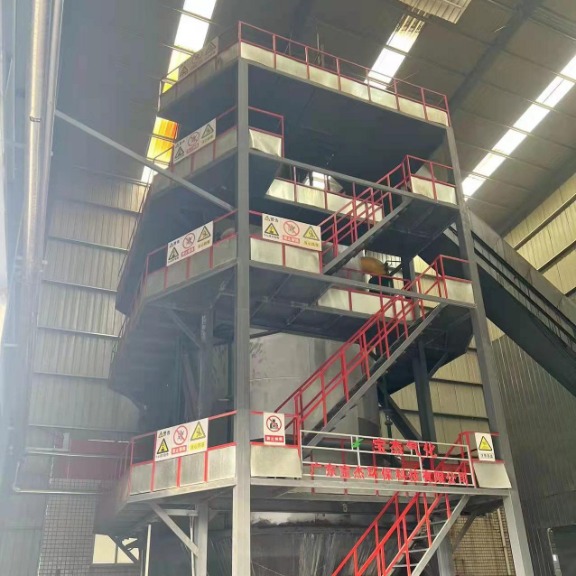
5. Industrial Waste
Organic waste generated in some industrial production processes can also be used for gasification.
Source: Bark and black liquor from paper mills, residues from food processing plants, lees, pharmaceutical residues, etc.
Advantages: Centralized supply: Usually concentrated in industrial parks, which is convenient for collection and transportation.
Waste utilization: It solves the problem of industrial waste treatment and conforms to the concept of circular economy.
Considerations: Complex composition: The composition of different industrial wastes varies greatly and may contain specific pollutants or high ash.
Pretreatment: Targeted pretreatment may be required to meet the requirements of the gasifier.
Applicability: It needs to be evaluated based on the properties of the specific waste and the design of the gasifier.
6. General requirements and key parameters for biomass fuels
Regardless of the type of biomass used, the following key parameters and requirements are critical for a 30-ton gasifier:
1. Moisture Content
Impact: Moisture content is one of the most important factors affecting gasification efficiency and syngas quality. Excessive moisture content will reduce the gasifier temperature, increase gasification agent consumption, and reduce the calorific value of syngas (because part of the heat is used to evaporate moisture).
Ideal range: It is usually recommended to be between 10%-20% (dry basis), and the maximum should not exceed 30%-35%. For large gasifiers, drying equipment is usually equipped to pretreat high-moisture biomass.
2. Particle Size
Impact: Particle size directly affects the fluidity, heat and mass transfer efficiency, and gasification reaction rate of biomass in the gasifier.
Requirement: Generally, the particle size is required to be uniform and within a specific range. For fixed-bed gasifiers, larger, relatively uniform particles (such as wood chips) are usually required; for fluidized-bed gasifiers, smaller, more uniform particles (such as sawdust and rice husks) are required. Too large particles may lead to incomplete gasification or blockage, while too small particles (fine powder) are easily carried away by the airflow, increasing the amount of fly ash.
3. Ash Content
Impact: Ash is a non-combustible mineral that occupies the space of the gasifier, reduces the effective reaction volume, and is eventually discharged as slag. High ash content increases the amount of slag to be handled and may cause slagging problems.
Ideal range: Generally, the lower the better, ideally less than 5%. Rice husks and straw have higher ash content, which requires specially designed gasifiers to deal with.
4. Ash Melting/Softening Point
Impact: Ash will melt at high temperature and form clinker, which will block the gasifier or cover the reaction surface, seriously affecting the stable operation of the gasifier.
Requirement: Biomass with a higher ash melting point should be selected, or slagging should be avoided by adding flux, controlling the gasification temperature, etc.
5. Heating Value
Impact: The calorific value of biomass directly determines its energy output. Biomass with high calorific value can produce more energy.
Requirement: Biomass with high calorific value should be selected as much as possible.
6. Chlorine and Sulfur Content
Impact: These elements will form corrosive gases (such as HCl and H2S) during the gasification process, causing corrosion to gasifier equipment and increasing the difficulty and cost of syngas purification.
Requirement: Biomass with low chlorine and sulfur should be selected as much as possible. Some agricultural wastes (such as some straw) may contain high chlorine.
7. Bulk Density
Impact: Density affects the storage, transportation and feeding efficiency of biomass. Low-density biomass requires more storage space and higher transportation costs.
Requirement: The density of biomass can be increased by pre-treatment methods such as briquetting and pelletizing.
7. Selection Strategy and Future Outlook
For a 30 tons/day biomass gasification project, choosing the right type of biomass is a multi-factor trade-off process that needs to be considered:
Local resource accessibility: Prioritize abundant and sustainable biomass resources near the project site to reduce transportation costs.
Biomass characteristics: Based on the above parameters, select biomass suitable for specific gasifier technology (such as fixed bed, fluidized bed, etc.).
Pretreatment requirements and costs: Evaluate the pretreatment (drying, crushing, compaction, etc.) and costs required for different biomass.
Synthesis gas application: According to the requirements for the quality of synthesis gas for the final use of synthesis gas (power generation, heat supply, fuel synthesis, etc.), reversely select the type of biomass.
Environmental regulations: Ensure that the emissions of the selected biomass and its gasification products comply with local environmental regulations.
Looking to the future, as gasification technology continues to mature and biomass pretreatment technology develops, more and more biomass types will be used more effectively. For example, biomass co-gasification technology allows the simultaneous use of multiple biomasses, balancing the advantages and disadvantages of different biomasses by optimizing the mixing ratio, thereby improving gasification efficiency and economic benefits. At the same time, for biomass with high ash and high alkali metal content, researchers are also developing furnace types and ash treatment technologies that are more resistant to slagging.
Quick Links
Products
contact Us
 Tel: +86 0769-82928980
Tel: +86 0769-82928980 Fax: [email protected]
Fax: [email protected] E-mail: [email protected]
E-mail: [email protected] Company Address: Dalang Chamber of Commerce Building, No. 288 Yinlang South Road, Dalang Town, Dongguan City 13333, China
Company Address: Dalang Chamber of Commerce Building, No. 288 Yinlang South Road, Dalang Town, Dongguan City 13333, China Factory Add:
West side of Centre Road and south side of Zhongyuan Road within Hongcaoyuan, Hongcao Town, Shanwei Urban District
Factory Add:
West side of Centre Road and south side of Zhongyuan Road within Hongcaoyuan, Hongcao Town, Shanwei Urban District
Copyright© 2022 Guangdong Bao Jie Technology Co., Ltd.All Rights Reserved.


 EN
EN 